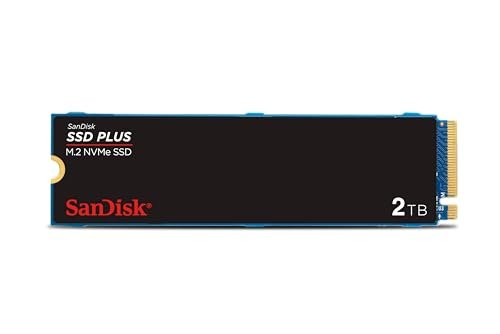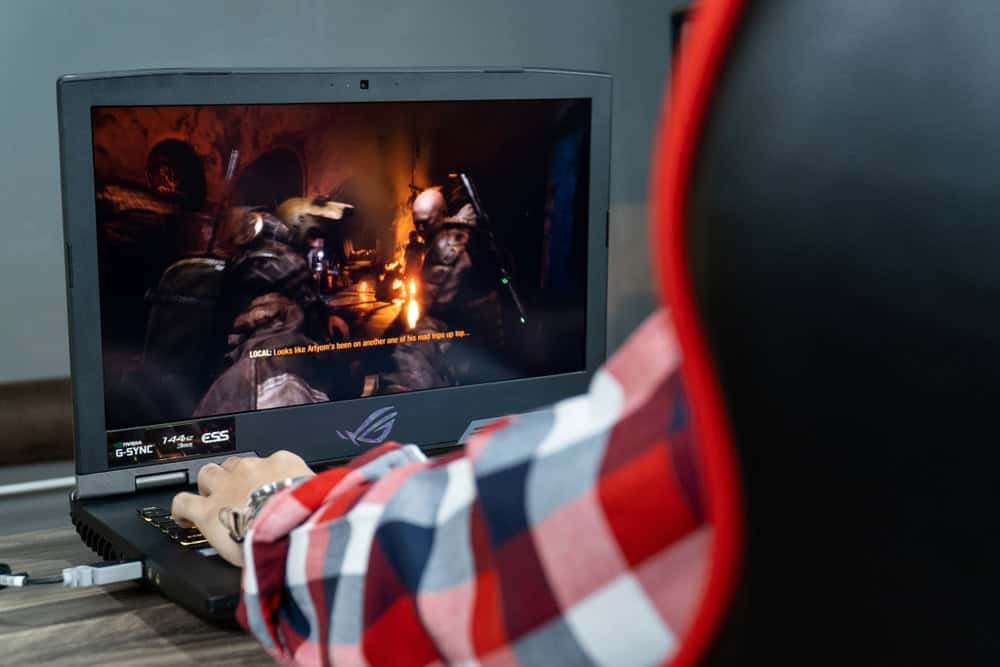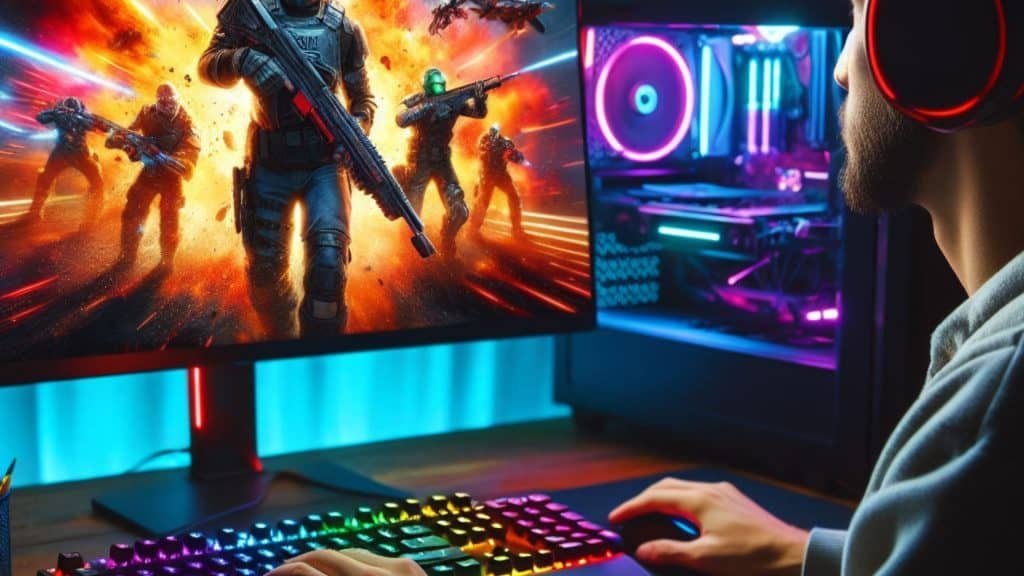If you are setting up or updating a gamer PC, you’ve probably heard of the two most popular SSD types on the market: SATA and NVME.
The choice between a SSD SATA or NVME may seem simple, but it has nuances that directly impact your game experience.
After all, it is not only the size of storage that matters, but also the reading and recording speed, loading time, fluidity and even the durability of your drive.
In the midst of this confusion, many people end up paying dearly for something that will not make so much difference in everyday life. Here, we list the differences between SSD SATA and NVME, focusing on what really matters to gamers.
Let’s show which one will give that up to your games and when the cost-benefit is worth it. If you want to run your games faster, without choking, keep reading and choose the ideal SSD for your setup.
SSD SATA VS NVME: What are and how they work?
For starters, let’s go straight to the point: SSD means Solid State Drive, or solid state unit.

It replaces the old mechanical HD, offering much faster access to the data thanks to the absence of moving parts. But within SSDs, there are different technologies, and that’s where SATA and NVME come in.
SSD SATA is the most common and affordable. It uses the SATA interface (serial minutes), which is the same as the old hard disks, but with much higher speeds. Normally, a SSD SATA delivers up to 550 MB/s in reading and recording.
SSD NVME (Non-Valatile Memory Express) is as fast as it exists today for storage.
It connects directly to the motherboard PCIE bus, allowing much higher speeds-usually between 1,500 MB/SA up to 7,000 MB/s, depending on the generation of NVME (PCIE 3.0, 4.0 or up to 5.0). This represents an absurd leap in performance.

But what does this mean for games? Does every gamer need an NVME? Or does SATA already break the branch?
Speed and performance: real impact on games
When we talk about SSD speed, you think of game loading time, installation, quick exchange between phases and even shorter time for the operating system to boot.

In fact, NVME is unbeatable when it comes to gross performance. He reads and records giant files in time fractions that a SSD SATA would take.
But calm: not all games take advantage of this absurd speed. Many titles depend more on GPU and CPU than storage to run well.
Games like “Call of Duty”, “Cyberpunk 2077” and “Red Dead Redemption 2” will load faster on an NVME, but the difference to SATA may vary between seconds and a few dozen seconds of seconds.
In more casual or old games, the difference in loading time between SSD SATA and NVME can be almost imperceptible.
Also, if your PC does not support NVME (if your motherboard only has SATA), there is no point in buying an SSD NVME top of the line. You will be stuck at SATA speeds.
Latency and transfer rates: What changes in gameplay?
Another important question for gamers is latency, the time it takes to SSD to deliver the data the game is asking for.

NVME has much smaller latency than SATA. This means less “choking” in phases with many textures, huge open worlds or constant streaming games.
However, this advantage is only noticeable in heavy titles that carry real -time data such as “Microsoft Flight Simulator” and very recent AAA games. For simpler games, the smaller NVME latency is almost invisible.
If you are competitive and play FPS or Battle Royale, this extra latency may be a detail that counts, but it is harder to note without comparing side by side.
Cost-benefit: How much invest in your SSD?
This is where the conversation is most interesting. SSD NVME, especially those of high performance PCIE 4.0, cost much more expensive than the SATA. If you have limited budget, SATA is still the best choice as it delivers a huge improvement compared to mechanical hard drives.
On the other hand, if you want to set up a PC Gamer Top and ensure that it is “the future proof” for the coming years, NVME is the right investment. In addition to being ultra fast, it improves the overall productivity of the system, video rendering, heavy editions and more.
Tip: An intelligent combo is to use an NVME SSD for the operating system and games you play the most, and a SATA or HD SSD for storage of less used files and games.
Compatibility and Installation
Before you go buying, check what your motherboard supports. Many models released in recent years have come with M.2 slots for NVME, but not always with PCIE 4.0 support, for example. This limits the top speed of your NVME SSD.

SSD SATA uses the traditional SATA connector, which is universal and simple to install, even for those starting.
Another thing: not every NVME needs to be M.2. There are standard PCIE NVME, but they are more for workstations than for ordinary gamers.
Durability and energy consumption
SSD SATA and NVME do not differ much in durability for the ordinary user. Both use flash Nand memory, with a lifetime measured in TBW (Terabytes writings). The important thing is to buy reliable brands to avoid problems.
NVME can consume a little more energy due to greater performance, but the difference is small and irrelevant to desktops. In notebooks, it can impact the battery a little, but nothing absurd.
SSD SATA or NVME? Rapid summary
- SSD SATA: Up to 550 MB/s, cheap, great for basic upgrades, compatible with any PC.
- SSD NVME: 1,500 MB/SA 7,000 MB/S, expensive, ideal for top pcs and heavy games.
- For casual games, NVME’s gain on SATA is small.
- For AAA and multitasking games, NVME makes a difference.
- Check motherboard support before you buy.
- Combine NVME for system and priority games with SATA for storage.
Conclusion: Which SSD choose for games?
If you want the easy way, cheap and already want to take your PC from mechanical HD times, SSD SATA is the right choice. It will improve the overall speed, load time and give that quick machine feeling.
However, if you don’t want to save and want maximum performance, especially for heavy games, open and multitasking games, NVME is the investment that makes sense. It is faster, has smaller latency and ensures a more fluid gaming experience.
Just be careful not to pay too expensive if your machine is unable to take advantage of the NVME speed. In the end, what matters is the balance between your budget, your current configuration and what you expect from your PC gamer.